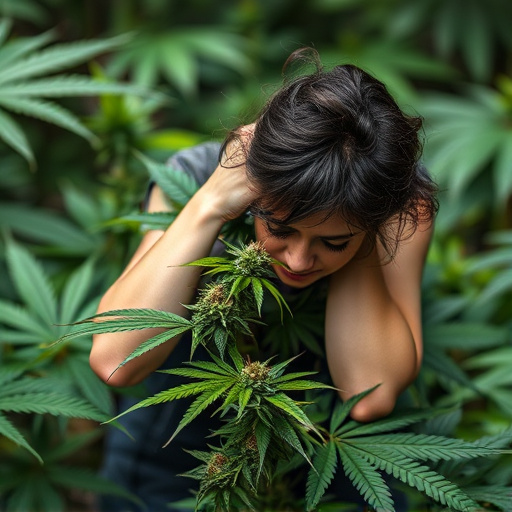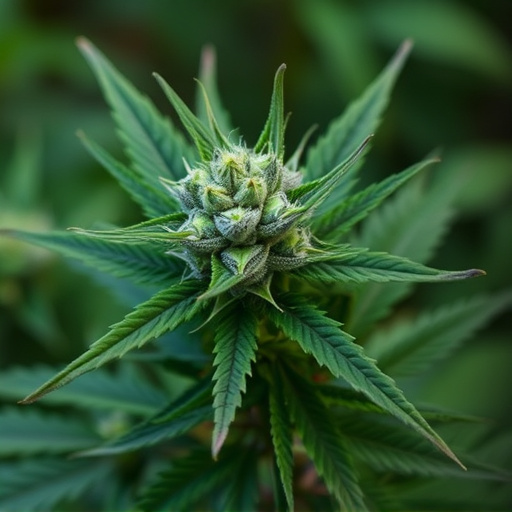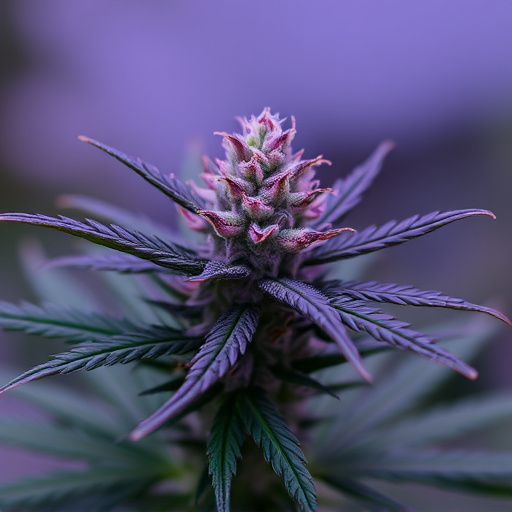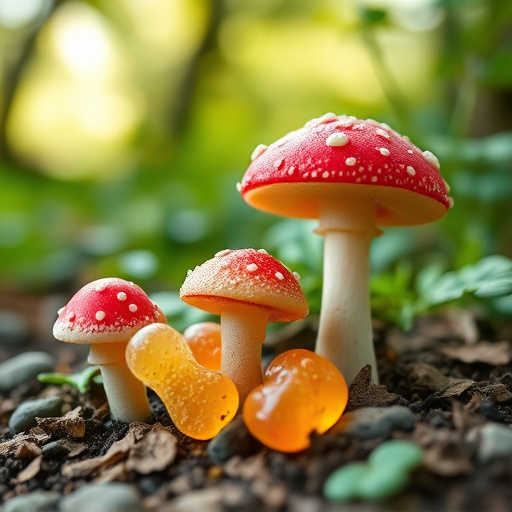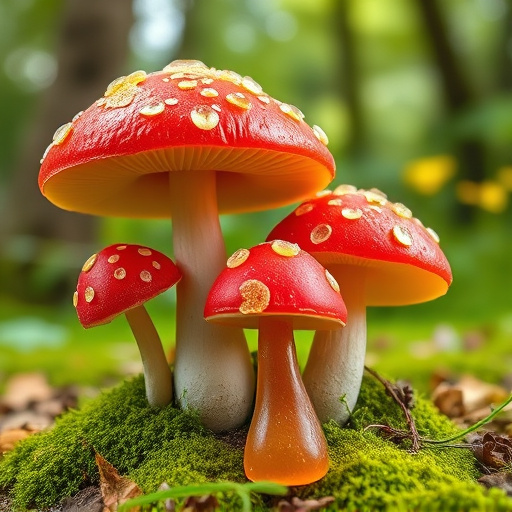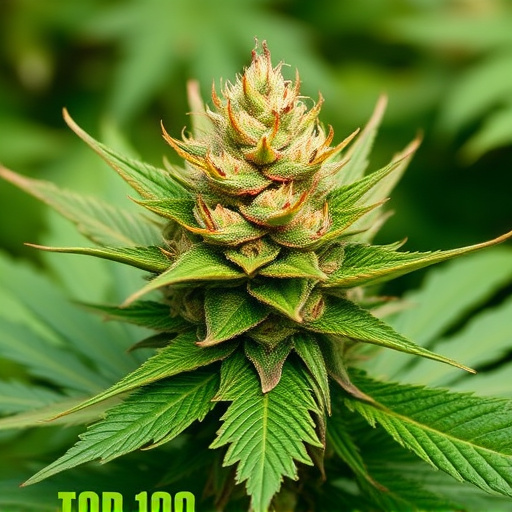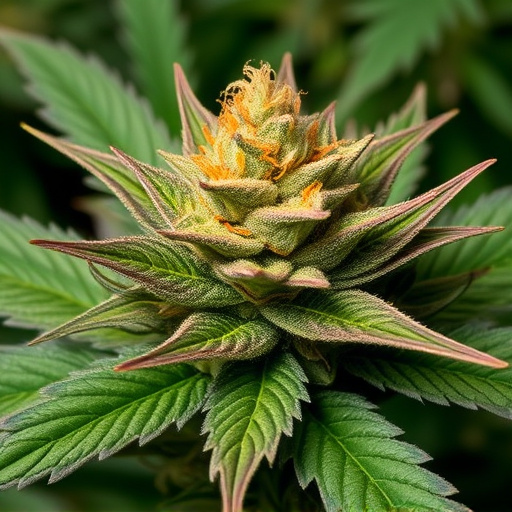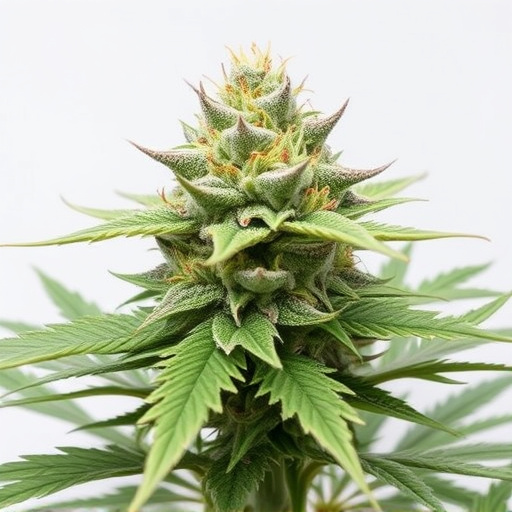In the competitive market of top 100 cannabis strains, consumers should look beyond marketing hype by educating themselves on key quality factors: terpene profiles, cannabinoid concentrations, cultivation methods, and cure processes. A detailed visual examination of vibrant green foliage with distinct trichomes is crucial. Terpene profiles, offering unique aromas and potential therapeutic benefits, should be considered. By understanding these aspects, buyers can select superior-quality strains with optimal flavor, potency, and therapeutic potential from the vast market offerings.
Uncover the secrets to identifying premium cannabis flower with our comprehensive guide. In the ever-evolving market, navigating quality can be a challenge. We demystify the process through rigorous examinations, from visual inspections that reveal pristine aroma and appearance, to delving into terpene profiles for targeted effects. Explore the top 100 cannabis strains, each offering unique properties, and unlock their potential benefits. Expert advice on testing, sourcing, and storage ensures consistency and potency, empowering you to make informed choices in today’s diverse landscape.
- Avoiding Common Rip-Offs: Understanding Cannabis Quality Factors
- – Visual Inspection: Identifying Top-Tier Aroma and Appearance
- – Terpene Profile: Deciphering the Chemical Composition for Optimal Effects
Avoiding Common Rip-Offs: Understanding Cannabis Quality Factors
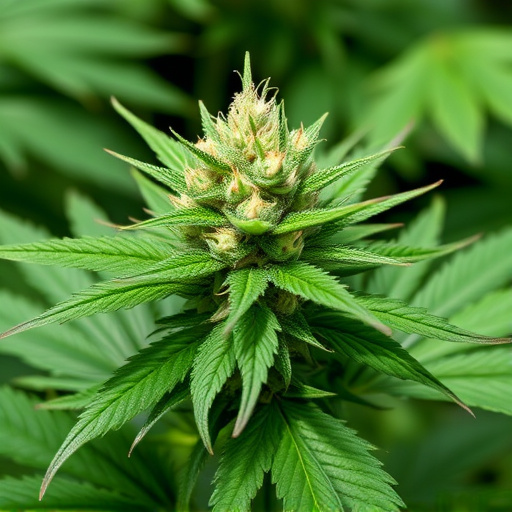
When navigating the vast world of cannabis, it’s easy to fall victim to marketing hype and misleading claims, especially with the popularity of top 100 cannabis strains. To avoid common rip-offs, understanding key quality factors is essential. Look beyond catchy names and trendy labels; focus on the specifics that truly define excellence.
Factors like terpene profiles, cannabinoid concentrations, cultivation methods, and cure processes offer valuable insights into a strain’s potential. Terpenes, for instance, contribute to aroma and potential therapeutic effects, while balanced cannabinoid ratios often indicate superior quality. Responsible cultivation practices and proper curing ensure optimal flavor, potency, and safety. By educating yourself on these aspects, you empower yourself to make informed choices among the diverse offerings in the market.
– Visual Inspection: Identifying Top-Tier Aroma and Appearance
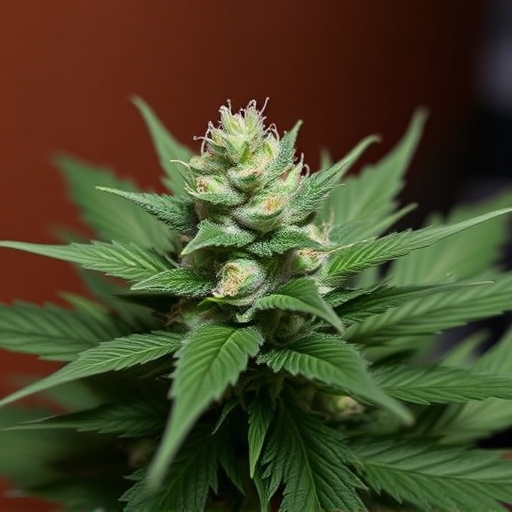
When evaluating high-quality cannabis flower, a thorough visual inspection is crucial. Top-tier cannabis should exhibit vibrant, lush green foliage with distinct trichomes—small glandular hairs that resemble tiny crystals. These trichomes, especially when milky or amber in color, indicate potent levels of terpenes and cannabinoids. The overall appearance should be dense, compact buds with a sticky texture, signs of healthy growth, and minimal to no yellowing or brown spots.
In terms of aroma, the best cannabis strains often have a rich, complex bouquet that can range from sweet and fruity to earthy and herbal. Skunk, pine, floral, and citrus notes are common in high-quality flowers. Holding the bud up to your nose and taking a deep whiff can instantly reveal its potency and unique profile—a true testament to its quality within the top 100 cannabis strains.
– Terpene Profile: Deciphering the Chemical Composition for Optimal Effects

The terpene profile of a cannabis strain is like its chemical fingerprint, offering insights into its unique aroma, flavor, and potential effects. Terpenes are aromatic compounds that contribute to the distinct scent and taste of each strain. Beyond their olfactory appeal, terpenes play a crucial role in modulating the plant’s therapeutic properties. For instance, myrcene, one of the most prevalent terpenes, is known for its relaxing and sedative effects, making it popular among users seeking sleep assistance. Similarly, pinene, with its pine-like scent, can enhance focus and mental clarity.
When evaluating high-quality cannabis flower, understanding a strain’s terpene composition is vital. Many top 100 cannabis strains are celebrated for their balanced or potent terpene profiles that amplify the overall experience. For example, a strain rich in limonene might offer uplifting and energizing effects, while one with high linalool content could induce relaxation and potentially alleviate anxiety. Deciphering this chemical composition allows consumers to make informed choices, ensuring they select strains aligned with their desired outcomes, whether it’s stress relief, enhanced focus, or simply a pleasant sensory experience.
When navigating the diverse world of cannabis, understanding quality is key. By employing a keen visual inspection and delving into the terpene profile, consumers can avoid common rip-offs and select from the top 100 cannabis strains known for their superior aroma, appearance, and effects. This knowledge equips folks to make informed choices, ensuring they experience the best that cannabis has to offer.


